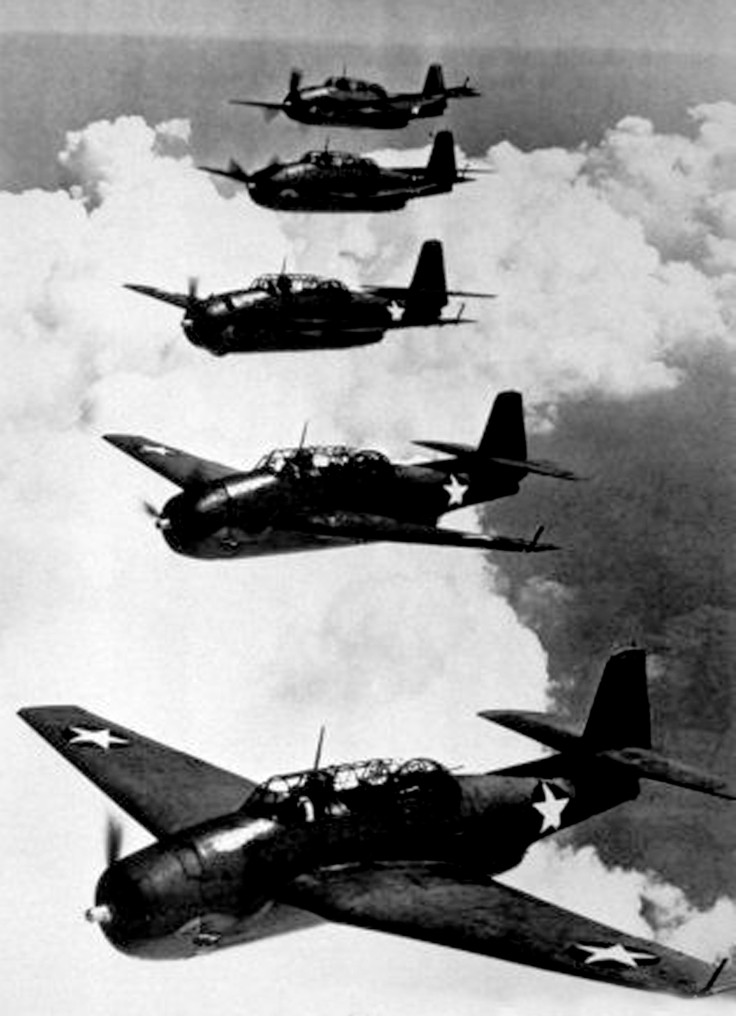What Is The Bermuda Triangle? History Of The Mythical Region Explained And The New Theory

The Bermuda Triangle has long been a topic of folklore and urban legend. The 500,000 square mile area of the Atlantic Ocean bounded by Bermuda, Florida and Puerto Rico is where a number of aircraft and ships are said to have disappeared under mysterious circumstances. At least 1,000 lives have been lost in the region within the last 100 years, and on average, four aircraft and 20 yachts go missing every year.
On Wednesday, the Science Channel released a video possibly explaining the mystery of the triangle due to strange cloud patterns that cause updrafts and downdrafts and could thus prompt unusual activity.
So what has kept scientists guessing until now?
Unusual events date back to 1493 and the first voyage of Christopher Columbus (1451–1506) to the New World. The explorer recorded having compass malfunctions and seeing strange lights. Yet it took almost 400 years for the Bermuda Triangle to come back into focus.
Beginning in the early 1900s, reports of unexplained disappearances began to capture the public’s attention. In March 1918, the USS Cyclops, a 542-foot-long Navy cargo ship with 306 passengers and crew onboard, sank somewhere between Barbados and the Chesapeake Bay. The ship’s captain never sent out an SOS distress call, and an extensive search found no wreckage. In 1941, two of the Cyclops’ sister ships similarly vanished without a trace along almost the same route. The sinking of the USS Cyclops remains the single largest loss of life in U.S. Naval history not directly involving combat.
Another mystery occurred on Dec. 5, 1945, when five U.S. Navy torpedo bombers “Flight 19” carrying 14 men flew from Fort Lauderdale, Florida, on a routine training exercise. About 90 minutes after takeoff, Squadron Commander Lieutenant Charles C. Taylor reported he was lost as weather and sea conditions worsened. Over the next three hours, Taylor mistakenly led Flight 19 far out to sea, where the planes apparently ran out of fuel and crashed. Two rescue planes were sent out shortly after, however only one returned. Wreckage of Flight 19 and the rescue plane have never been found.
Other aircraft to disappear in the area include a DC-3 carrying 27 passengers in 1948 and a C-124 Globemaster with 53 passengers in 1951. Among the ships often listed among the mysteriously disappeared are the Mary Celeste (1872), the Marine tanker ship Sulphur Queen (1963) with 39 men aboard, and the nuclear-powered submarine Scorpion (1968) with a 99-person crew.
Theories abound over these mysterious disappearances, from aliens to time vortexes to pockets of methane gas. However, most investigations indicate bad weather and human error are the most likely culprits.
If meteorologists' claims are accurate about strange cloud patterns over the Bermuda Triangle, this long-held mystery finally has a plausible explanation.
© Copyright IBTimes 2024. All rights reserved.




















